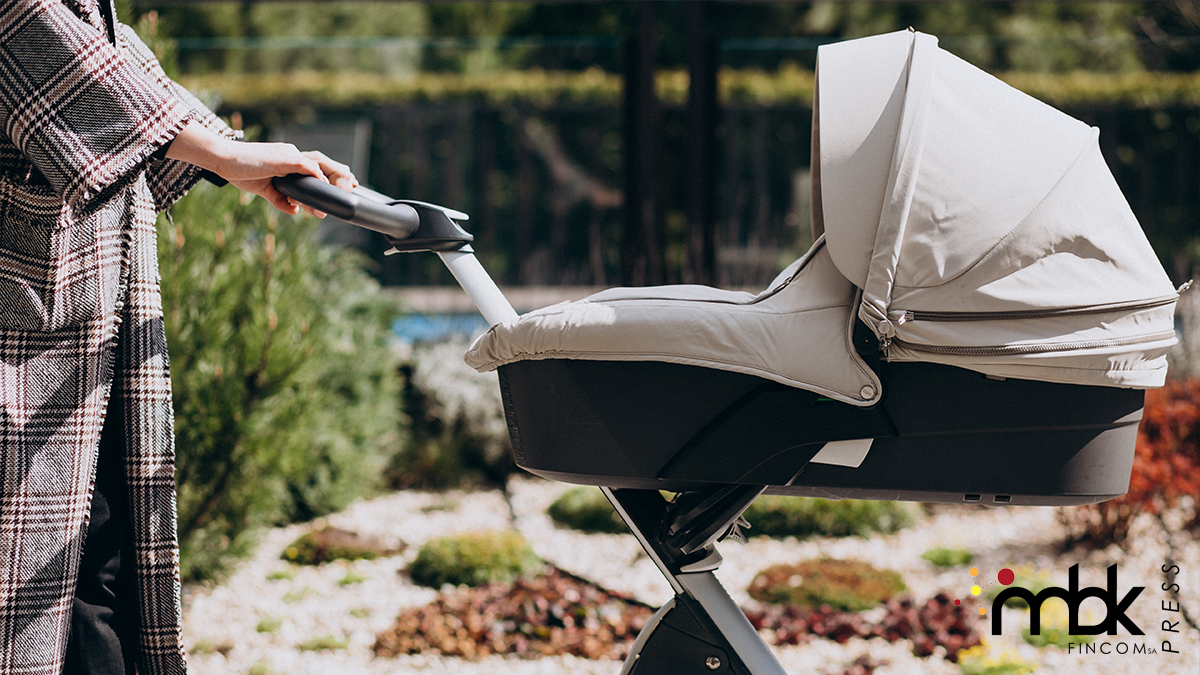The Babycare segment, extended to early childhood (0-8 years), is one of the most complex to analyse; it is a very fragmented customer base, with fluctuating standards of development. The data being studied are nevertheless interesting, because they reflect not only a market trend, but a whole series of social considerations. MBK Fincom has taken them into consideration, so much so that it has evaluated a series of new proposals for the ProduceShop platform in line with the growing demand.
Opening up to a new product category requires adequate market research; not only to survey the price situation and benchmark, but to understand various risk factors. The babycare and early childhood market, from this point of view, presents decidedly contrasting variables. It cannot be said that there is a specific love mark, but the subcategories are affected by the insistence of the big brands; the market segments have a number of unfulfilled niches that require strategic positioning in order to be filled. Product adaptation is the most delicate constant; since these articles are designed for a delicate user base, the attention of buyers (generally parents) is even more keenly focused on high quality demands.
MBK has taken into consideration all the pieces of the picture to outline a fairly exhaustive picture of the situation, especially after deciding to place the category on the ProduceShop marketplace.
Trends study
To examine this specific market, we used both our online trend analysis tools and the annual economic analysis reports. As we had access to market analyses from a selected number of non-governmental organizations that are involved in this sector for security reasons, we were able to cross-reference the data to obtain consistent and accessible results.
First of all, two preliminary remarks: although birth rates in the EU have been falling steadily since 2008 (the year of the economic crisis), the sector’s CAGR (Compound annual growth rate) has risen by 4.7% over the last five years; this indicates that, although fewer and fewer couples are deciding to take up the challenge of parenthood, they are doing so with specific care.
Another fact to put before the numbers is a consideration of the market itself; it is a sector with almost zero matched demand. This means that, although internal cross-selling is high, it is difficult to get this kind of product from different sectors and categories. It is therefore an entry-generating market.
The first diagram shows the growth of the search trend over the last two years (by topic and keyword), amounting to around 170% for the EU market and a more modest 14% globally:

The volume of online searches with purchase intent in the last year increased from 4.3 million to 5.1 million, a percentage increase of 18.6%:

Finally, the division of the segment, with a very high percentage of the field Necessity and safety (beds, changing tables, prams, prams, baby care and food) and the minority occupied by Leisure (toys and services):

The key figure
The most interesting fact to date, however, remains one: over 61% of mothers now decide to buy baby products online.
There are several reasons for this:
- less time wasted searching
- more offers for different product categories
- immediate price comparison even between different shops
- a general saving of around 18% compared to the traditional purchase (calculating that on average a child, in the first year of life, costs a family between 8 and 15 thousand Euros).
The most hype Babycare and Childhood trends
Unlike other market niches, the baby and toddler market is affected not only by needs, but also by trends. Based on the most common keywords and queries, as well as on the data recorded in the ProduceShop marketplace, we have selected the most interesting ones with the most prospects:
- pushchairs, strollers and prams: the response to the closures of the last year has been a growing desire for open air. An object such as a pram or pushchair (even better if convertible) becomes essential;
- car seats: more and more in line with the new regulations on safety and child protection (anti-abandonment devices above all);
- bags: bags for mothers are in great demand, so that everything you need can be concentrated in a single object, but with a pleasant image;
- creativity: products that stimulate children’s creativity are increasingly in demand in the toys and hobbies segment;
- sustainability: with a 43% increase in research, parents today want sustainable products from a green economy. They also want the brand itself to be an ambassador of value. This is risky because it leads many consumers to choose resale and reuse of products, especially the more expensive ones;
- personalisation: essentially linked to fashion;
- practicality
- outdoor: here again we are talking about a reflex trend, the outdoor products segment is seeing an 86% increase in searches, precisely in response to the pandemic situation and reflexively to the same segment for adults;
- relaxation: products and services linked to relaxation and well-being in the childhood and early years segment are also in high demand.

Designing dedicated marketing
Entering directly into the needs of a family is not a simple operation; it is a question of entering into a dynamic that is in itself closed, which could suffer from a clumsy penetration at the marketing and communication level.
Given the nature of the segment’s products and target audience, a key step is to work on storytelling, as consumers today no longer buy sterile objects but stories and experiences. Considering then the current generation of parents (essentially Millennials), their being closer to a certain type of direct, emotional and conversational communication requires a marketing approach that promotes not the object, not its qualities, but the benefits that flow from its story.
This is why over time MBK has equipped itself with a Marketing department with a particularly rich Content Management section; professional figures who know how not only to read and analyse data, but also to act accordingly. A way of writing that is both persuasive and engaging, that combines sales and storytelling. This is how the babycare category in the ProduceShop catalogue manages to stand out among its competitors: a product story close to the users.
In conclusion
As mentioned above, unlike other categories, the Babycare and Childhood products category is subject to fluctuations that are too close and unpredictable.
Although it is a sector that, by definition, can never die out, the fundamental game to play in order to gain a foothold in the market remains the type of communication relationship that is built with the customer.
Sources:
- Corporate PR
- Procurement Dept. ProduceShop
- Marketing Dept. Produceshop (https://mbkfincom.com)
- Deloitte
- Criteo
- Assogiocattoli
- Pharmaretail
- Globe News Wire
- MarketWatch


